Fruit Spice Muffins is a variation of “Basic Muffins,” found on page 482 of Nourishing Traditions: The Cookbook that Challenges Politically Correct Nutrition and the Diet Dictocrats by Sally Fallon.
Click HERE to enter to win TWO copies of the book in our 25 Days of Nourishing Traditions Giveaway!
Ingredients
- 3 cups freshly ground spelt kamut or whole wheat flour
- 2 cups buttermilk kefir, or yoghurt
- 2 eggs lightly beaten
- 1 teaspoon sea salt
- 2 teaspoons baking soda
- 1 teaspoon vanilla extract
- 3 tablespoons melted butter
- 2 ripe pears or peaches peeled and cut into small pieces
- 1⁄2 teaspoon cinnamon
- 1⁄8 teaspoon cloves
- 1⁄8 teaspoon nutmeg
Hopefully by now, you already know what the first step is! Flour that isn’t made from sprouted grain? Yep — it’s soaking time. Mix with your buttermilk, kefir, or yogurt. I used homemade yogurt for mine. Cover and let it sit at room temp for 12-24 hours. For baking, 24 hours is best as it will rise better.
Then, add in the rest of the ingredients and pour into a well-buttered muffin tin. I used paper liner cups because I don’t trust my cheapo tin to touch my food. I’d love to be using stoneware, like Sally recommends!
Bake at 325 for one hour or until a toothpick comes out clean.
How’d it go?
I think there really must be something off with my oven, because once again, these took way longer than an hour to cook. They looked done on the outside, but were gooey still on the inside. I kept putting them back in until I was pretty sure the goo was gone, but it never did quite get cooked thoroughly. Oh well. Other than that, no problems. Soaked flour is a little tough to stir and mix other things into, but you get used to it.
How we liked it
They did end up a little on the gooey side in the middle, but we didn’t really care. These muffins were tasty! Although, the “pears” that I used ended up actually being those asian pears — you know, kinda like a cross between an apple and a pear? I didn’t know because I got them from a local market and they weren’t labeled. Asian pears have such a mild flavor to them that they don’t lend well to baking. Next time, I will be sure to use either legit pears or the suggested peaches (that sounds good!) so the fruit bits will add more flavor.
Be sure to check out the other installments of 25 Days of Nourishing Traditions:
- Onion-Cranberry Compote
- Sweet Potato Puree
- Ginger Carrots
- Stuffed Peppers
- Turkey Stock
- Coconut Turkey Soup
- Carrots Vichy
- Breaded Whitefish
- Moussaka Eggplant Casserole
- Breaded Chicken Breasts
- Baked Custard
- Basic Dressing
- Crispy Walnuts
- Zucchini Cakes
- Roman Egg Soup
- Pineapple Vinegar
- Raisin Nut Cookies
- Roast Chicken
- Fruit Custard Cake
- Beurre Blanc
- Fermented Fish Sauce
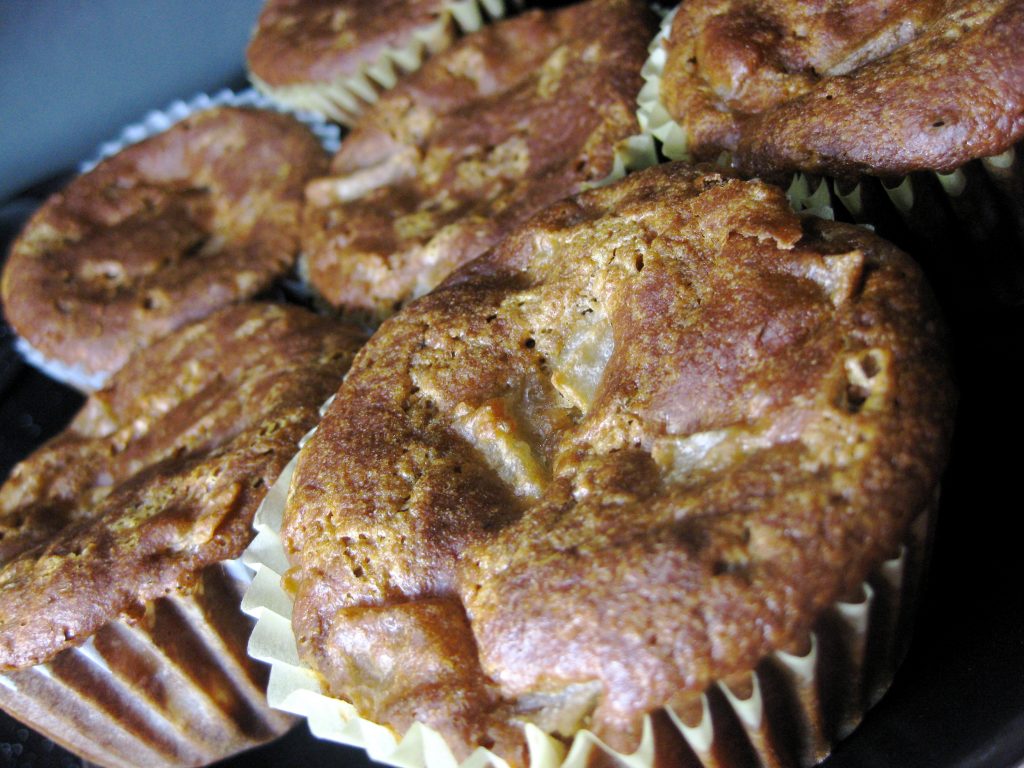
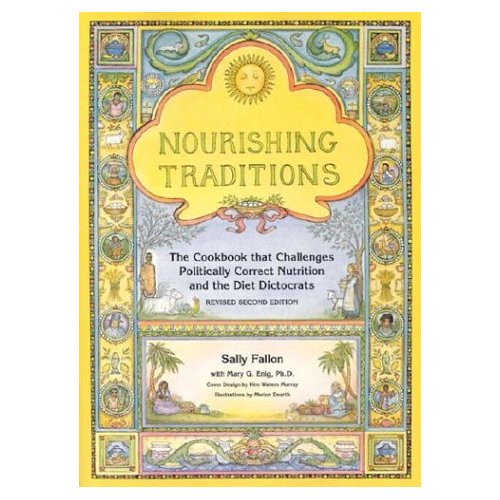

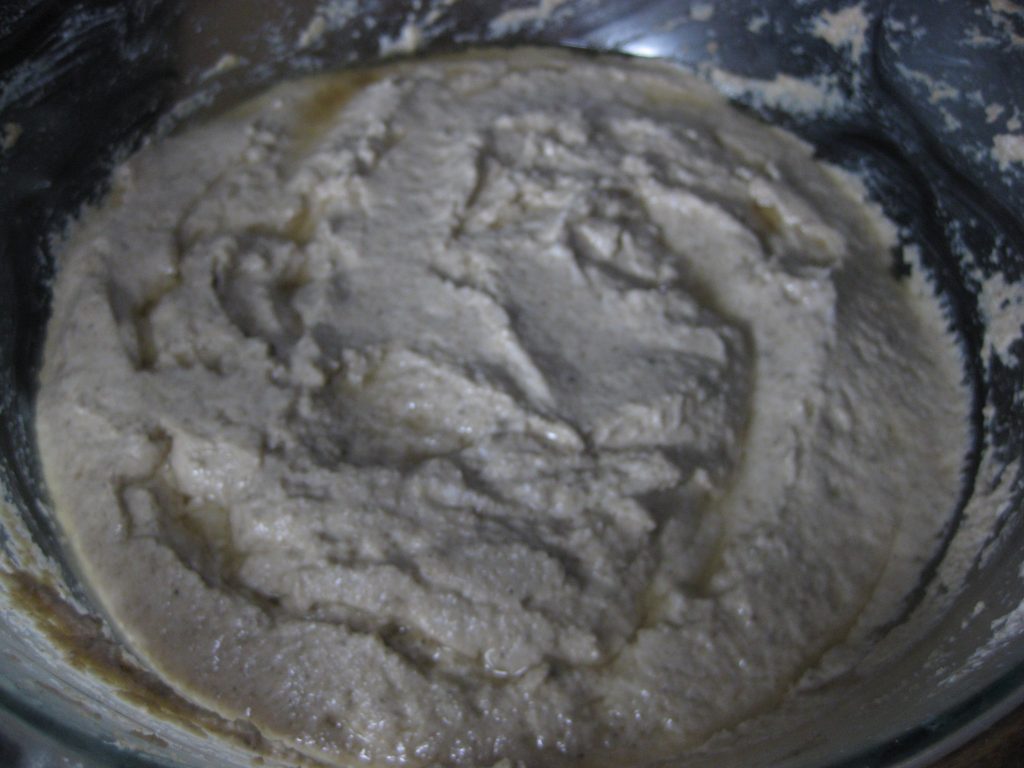

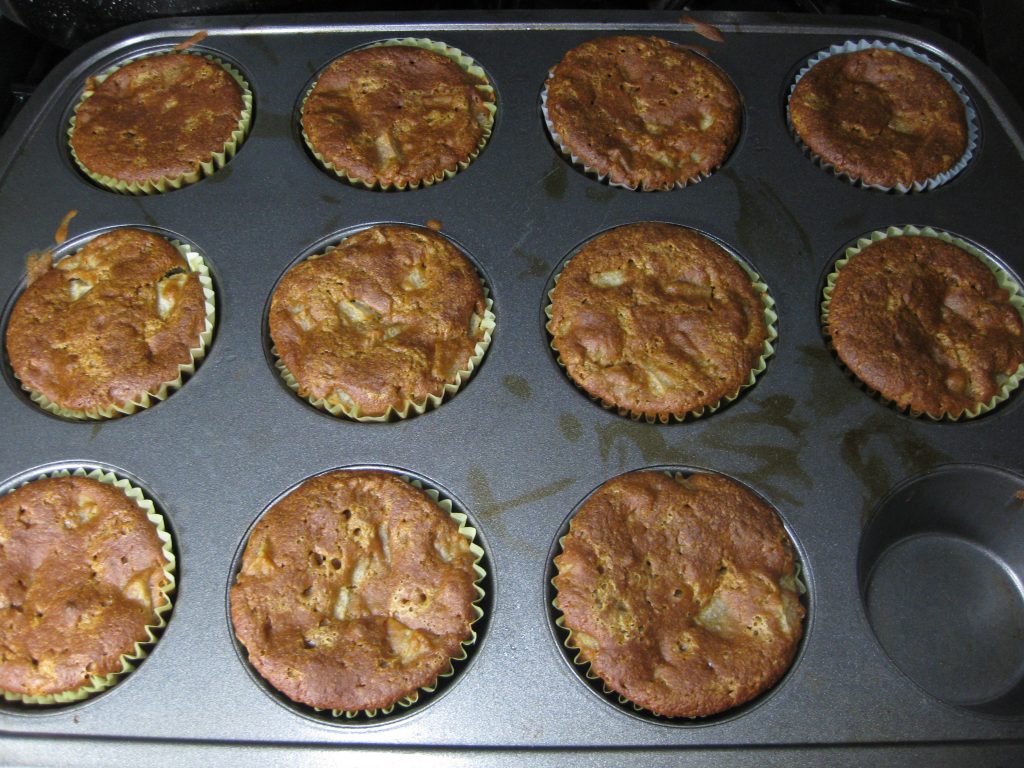



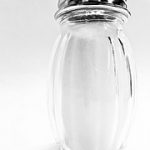
Hi Butter Believer! I love that you are using spelt!
As a parent of 5 boys who almost all show signs of wheat reactions, I am starting a bakery to make soaked spelt tortillas, that will also be in the price range of the average mom. I am aiming to put together a recipe that adheres to the needs of the Nourishing Traditional family, and is still affordable and enjoyable.
And I would like some feed back from you! The current recipe has:
-soaked organic spelt flour (unbleached/unbromated white or whole spelt)
-(REAL brand) Sea salt
-Filtered water
-Non Aluminum Baking Powder
-Organic Palm Fruit Oil and/or Coconut Oil
So what do you think?
Would you change the recipe? Or buy this product as it stands?
How much would you pay for a 6 pack or 10 pack of 8 inch tortillas?
Would you rather buy them at the grocery store, or have them delivered to your home (if the price is comparable)?
Any other thoughts?
Thanks in advance!
Rex Rampton
Hi, Rex! That sounds awesome! Soaked flour, good salt, quality fats, I’m sold. I’d buy that for sure! I think you could even try selling at a farmer’s market. It would be neat to see that in a local health food store too, though. I’m really not sure about prices since I just moved from Hawaii to the mainland, and everything is way, way cheaper than I’m used to. I say, price them enough to make a profit, and then increase it from there based on demand. I knew an egg farmer once that used to sell her pastured eggs for $5 a dozen, but when she would sell out of them after fifteen minutes every week, she realized she could charge a lot more and still sell the same amount. I think she jumped it up to 8 or 9 dollars. Best of luck! And let me know how it all goes!